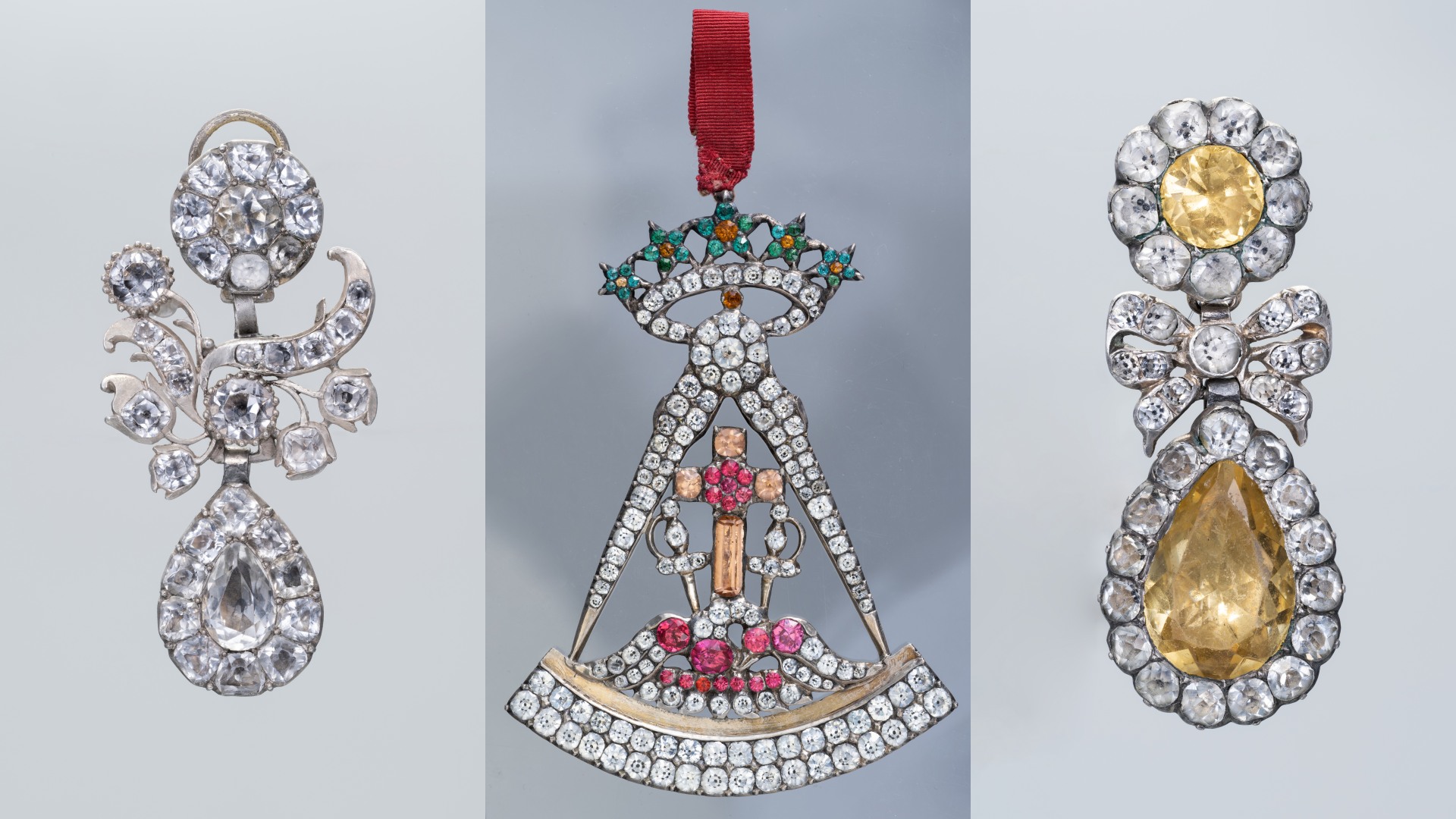
8 of the most valuable ‘rizas’ encasing Russian icons (PHOTOS)

1. Mother of God of Akhtyrka, 1811

It's a peculiar fact that soon after the finding of an icon of the Mother of God by a priest in the village of Akhtyrka in 1739 that images of her began to appear. In 1811, Moscow craftsmen made a precious revetment for the sacred image. Decorated in its gold riza, this icon seems to be submerged in soft light. The images of the Mother of God and the Crucified Christ are encased in an embossed riza with carved medallions. Diamonds sparkle on the ubrus - the scarf covering the head of the Mother of God - and there is a small sapphire in her crown.
2. Mother of God of Vladimir

The first riza for one of the most venerated icons in Russia was made in the 12th century at the behest of Grand Prince Andrey Bogolyubsky. Gold, silver, precious stones and pearls were utilized to make this masterpiece.
Subsequently, it was recrafted many times and the current version dates to 1657 when it was commissioned by Patriarch Nikon. Craftsman Pyotr Ivanov made the riza more modern in appearance and adorned it with diamonds and emeralds.
3. Mother of God of Kazan, 1775

This image of the Mother of God was revered by everyone, from peasants to monarchs. She was also considered the patron saint of the House of Romanov. The icon, encased in a gilded silver riza with a magnificent embossed pattern, is in the State Hermitage Museum collection. The riza of the Mother of God with the Christ Child is studded with pearls arranged in large floral motifs, as well as amethysts and garnets.
4. Almighty Savior, 10th-11th centuries

Not just the decorative elements but also the materials used to create a sacred image could be quite unusual. For example, this small pectoral icon was carved by Byzantine craftsmen out of jasper and mounted in a gold frame with emeralds, agates and almandines. Such icons were worn on the chest: It was believed that pectoral images protected their owners from all sorts of misfortune.
5. "Praise to the Mother of God", 17th century

The "Praise to the Mother of God" icon belonged to Peter the Great's elder brother and co-ruler, Ivan Alekseyevich. He had very poor health, and the image was famed for its miraculous healing powers. Painted by Moscow Kremlin craftsmen, the icon was adorned with a precious gold riza and gemstones, on which depictions of the saints - including Ivan V's patron saint, John the Baptist - were carved. But the eye is drawn using an unbelievably large sapphire cameo with an image of the Mother of God Enthroned with the Christ Child. It is older than the icon, made by Greek craftsmen in Constantinople in the 12th century.
6. "Alexis, Man of God", 1629

There was a tradition in the Tsarist family of making a special "measured" icon for the baptism of a child. It had this name because it was made to match the size of the infant, while the child's patron saint was depicted on the iсon. The Moscow Kremlin's craftsmen made the icon "Alexis, Man of God" for Tsar Aleksey Mikhaylovich Tishayshy (Alexis of Russia), and enclosed it in a gold riza and decorated it with precious stones and pearls. The icon accompanied the monarch throughout his life, and afterwards was placed in his funerary iconostasis in the Kremlin's Cathedral of the Archangel.
7. Kovchezhets ("Reliquary case"), 1589

The small reliquary icon belonged to Tsarina Irina Godunova. It consists of two leaves, each of which is topped with a floral device set with a richly-colored sapphire. On the left is a depiction of Saint Irina - the icon is framed with magnificent vegetal ornamentation and ligatured motifs. On the right is the Mother of God and the Christ Child. The riza is adorned with rubies, beryls and large pearls, giving the image a particularly stately appearance.
8. Mother of God with the Christ Child at Play (Bogomater "Vzygranie"), 17th centuries

The soft gleam of the metal leaves of the folding icon, on which are depicted the archangels Michael and Gabriel, frames the icon of the Mother of God. The image is adorned with a crown and ornamental strings of pearls, and the case itself is topped with a coronet. The icon was owned by Ivan Gryazev, chief clerk of the Ambassadorial Department. He was a member of the Russian embassy to Denmark, traveled to England with a Tsarist missive for King James, and, as administrator in Astrakhan, secured the Nogai Tatar princes' allegiance to Russia.












